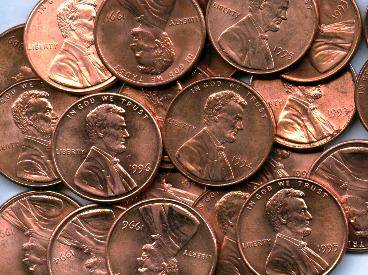Common Good Finance
the revoLution with a bank
Common Good Democracy™ - Penny Vote
For budget-type issues, a penny vote is used. Each voter is given 100 pennies. Each penny represents one percent of the total budget to be decided. Voters are charged with distributing the pennies among the various options, as they see fit. Traditionally, the pennies are actual physical pennies, placed in labeled containers. However, the Common Good Bank budget pennies will be virtual pennies on the internet, to accommodate the bank's representation system. For example, voters use this method to decide what the bank's lending priorities will be, in the coming year, or how the bank's profits will be disbursed to advance the common good. A voter might put in 10 pennies for disaster relief in Sri Lanka, 6 pennies for an educational initiative in Montana, 23 pennies for alternative energy research, and so forth. Voters may also VETO any option they feel is wasteful, immoral or unethical, at the cost of a few pennies. Any item that is vetoed by over 5% of the voters will not be funded at all. When all the votes have been cast, each (direct) voter's penny votes are multiplied by the number of people the voter represents, before totaling the amounts for each option. Each budget item will be funded in proportion to the total number of penny votes it received. Some additional complexity comes into play when budget items have a minimum or maximum amount. However, this complexity is easily handled in the counting, without requiring any further action by the voters:
This system of refunds is inspired by Instant Runoff Voting (also called "Alternative Vote"). However, the penny vote does not suffer the shortcomings of Instant Runoff. In the penny vote, there is no incentive for voters to abuse the system with dishonest "strategic" votes, because there is generally more than one winner and the size of the majority is just as important as which items win. | ||
